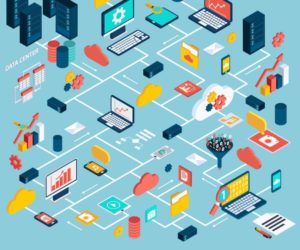The GSMA has put together a checklist of priorities that city planners should follow when implementing 5G networks. The organization noted that urban density is set to explode in the coming years, with the World Bank predicting that seven of 10 people will live in a city experiencing rapid urban growth by 2050.

Of course, clustering large numbers of people together in a small space can create a whole slew of problems, from traffic to pollution to residential shortfalls. The GSMA is pitching 5G as a potential solution, noting that the technology allows cities to leverage big data to build more efficient infrastructure and make urban environments more livable.
With that in mind, the GSMA has identified five key priorities for those looking to build genuinely smart cities. First and foremost, the organization advocates for the private use of public 5G networks through technologies like network slicing, arguing that such measures will ensure that resources are allocated more efficiently and that the network has enough bandwidth to handle everything that will be asked of it. The GSMA also advises city planners to deploy more small and microcells to eliminate blind spots and guarantee consistent 5G coverage at all indoor and outdoor locations.
Networks should similarly be configured with edge and dual connection technology to minimize latency and deliver more reliable service. 5G and satellite positioning tech will help support autonomous vehicles, and strengthen communications infrastructure more generally.
Finally, the GSMA suggests that 5G infrastructure should be integrated with legacy communications tech through group management and multicast capabilities. Doing so will ensure that emergency services and other critical tools remain functional even in the event of a network crisis.
If deployed properly, the GSMA believes that 5G will make cities safer, greener, more livable, and more efficient. On that front, the organization goes on to list a number of more concrete applications of the technology. For example, strong 5G would allow city buses to communicate with traffic lights to prioritize public transit, and to monitor congestion levels. Drones also could provide firefighters with real-time thermal information during an incident, and cut down on emergency response times across the board.
Other applications include waste monitoring, waste cleanup (again through autonomous vessels), and tracking parking availability and occupancy levels. On a more personal level, 5G ensures that individual residents have access to entertainment and other services.
The GSMA recently asked governments to clear more mid-band spectrum for 5G traffic. The organization has previously released a technology guide to help mobile operators that are looking to build their own standalone 5G networks.

Follow Us